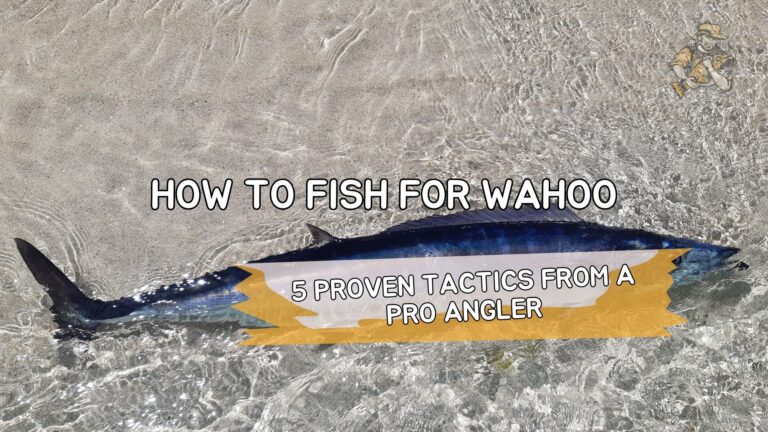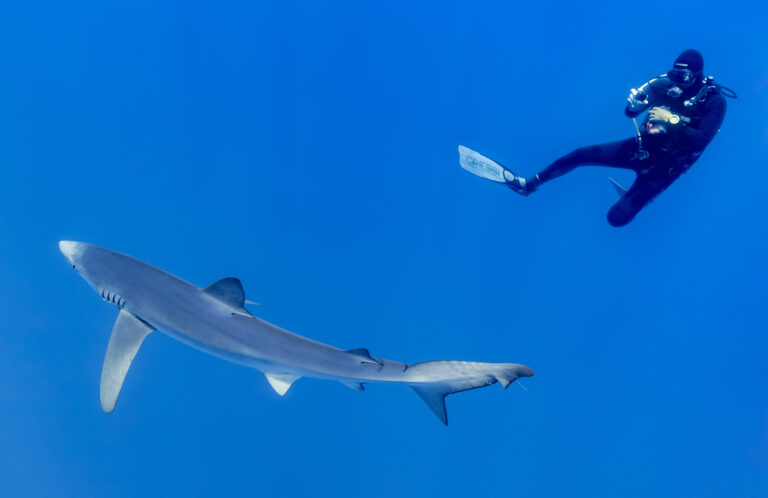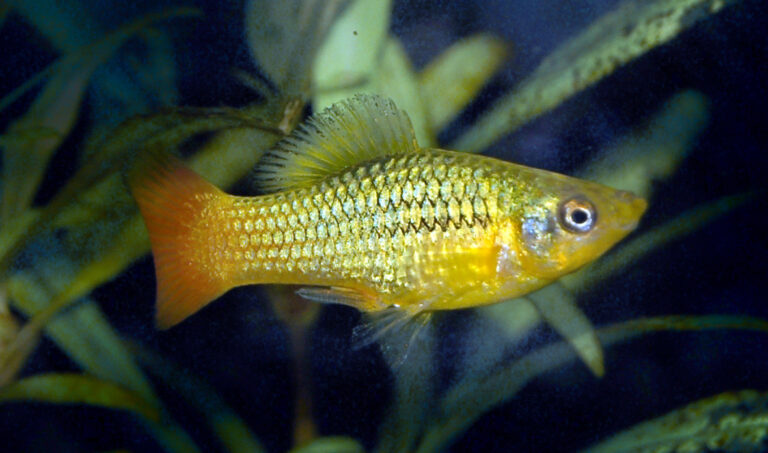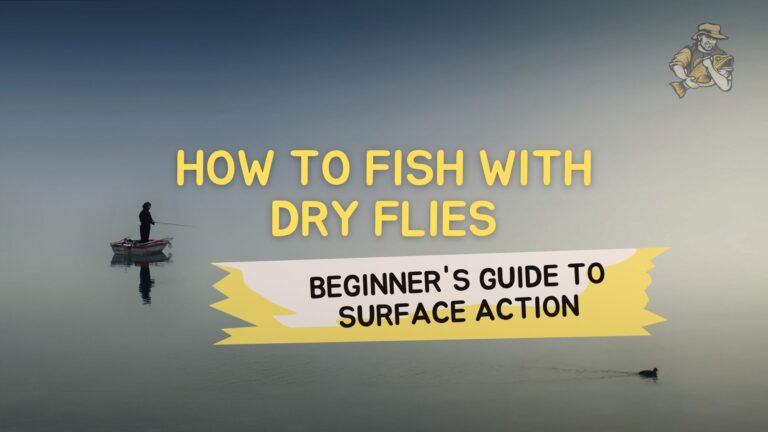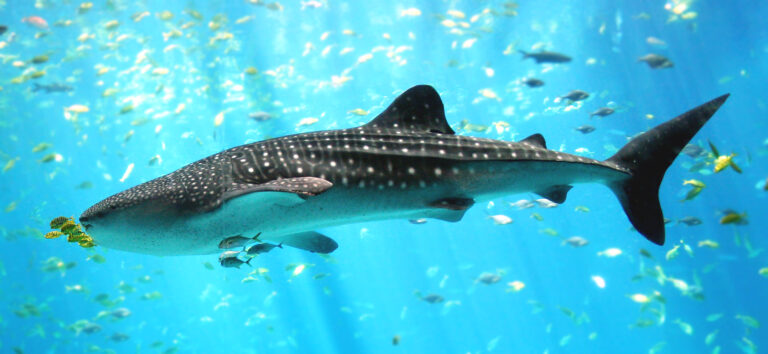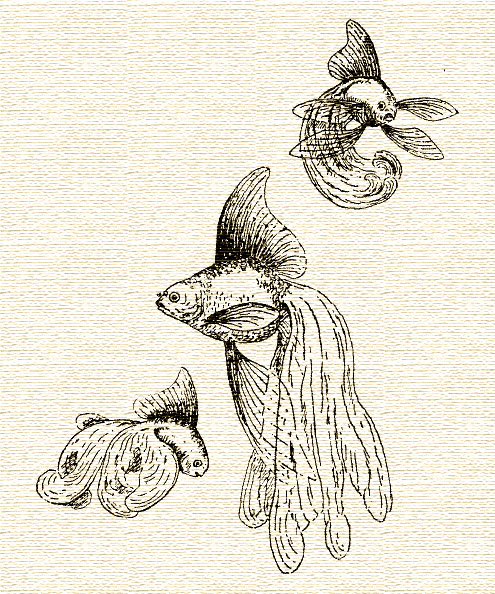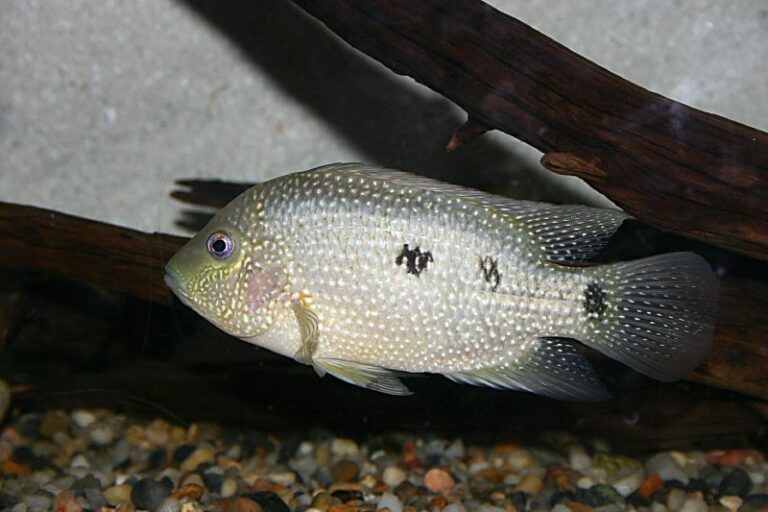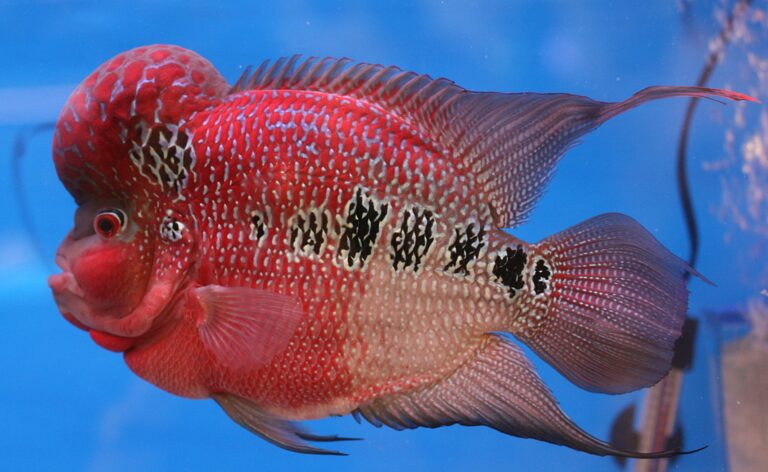Kayak Fishing vs Boat Fishing: Which Truly Offers the Best Experience?
By Adam Hawthorne | Last Modified: May 12, 2025
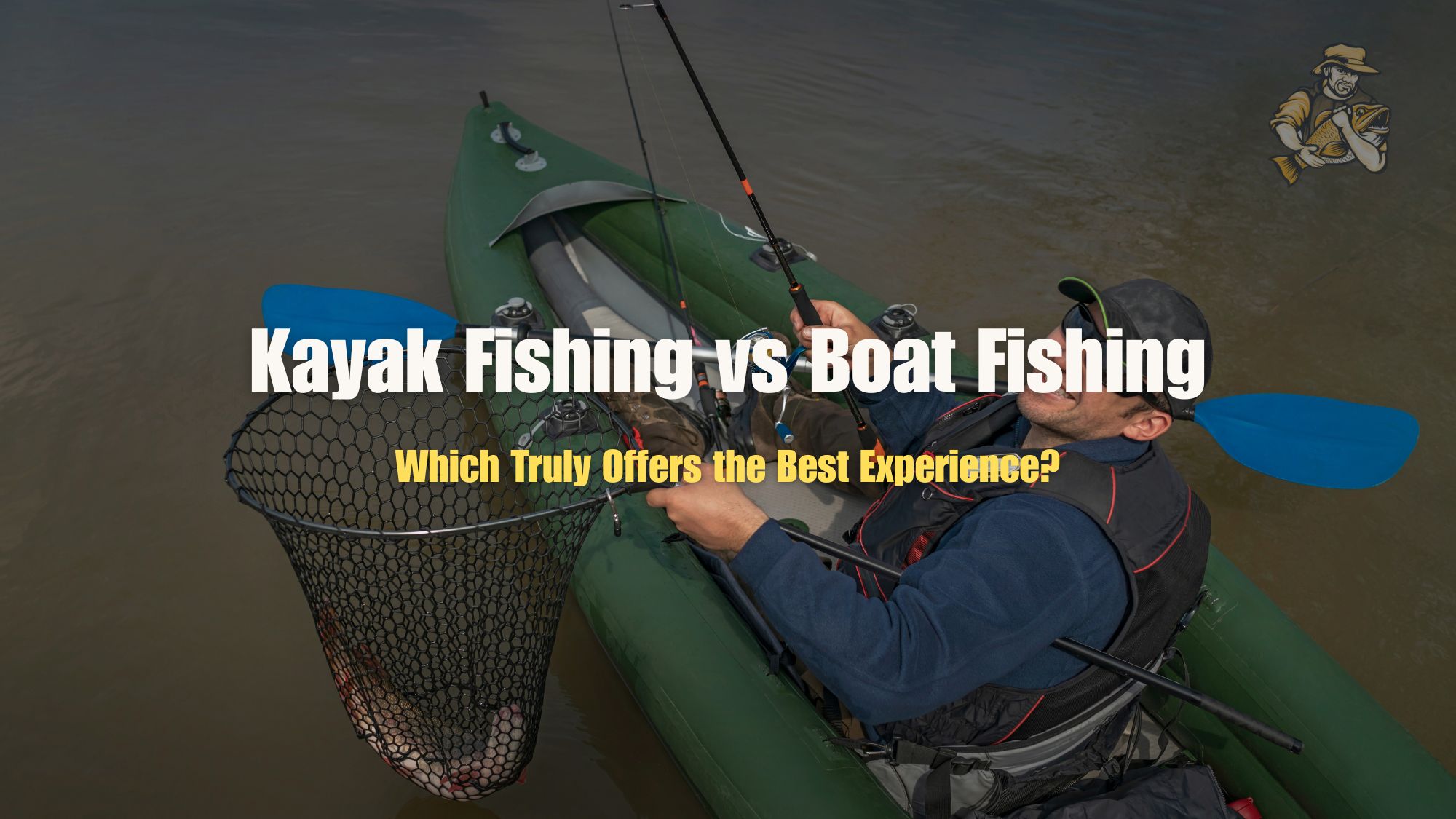
There’s nothing quite like the debate that erupts when you ask a group of anglers whether kayak fishing or boat fishing is superior. I’ve seen friendships temporarily strained over this exact argument at my local Traverse City bait shop. Last summer, my buddy Dave (who guides smallmouth trips on Grand Traverse Bay) nearly tossed his lukewarm coffee at me when I suggested his 21-foot bass boat might actually be overkill for certain fishing situations.
“You’re out of your mind, Adam!” he shouted, loud enough that Bob behind the counter stopped restocking minnows to watch our friendly argument unfold. “Try catching salmon in 200 feet of water from your little plastic toy!”
The truth is, after fishing from just about everything that floats over the past 30+ years – from inner tubes to pontoon party barges – I’ve learned there’s no perfect one-size-fits-all answer in the kayak versus boat fishing debate. Each option offers distinct advantages that might make it perfect for your specific situation – or completely wrong for it.
Let’s break down the real differences between kayak fishing and boat fishing to help you figure out which might be the better fit for your style, budget, and fishing goals.
The Real-World Pros and Cons of Kayak Fishing for Serious Anglers
The explosion in fishing kayak popularity over the past decade isn’t just marketing hype or Instagram posturing. There are legitimate reasons why so many anglers (including myself on at least 40-50 outings per year) choose these nimble craft over traditional boats.
I wasn’t always a kayak convert though. Back in 2015, I actually laughed at my brother-in-law when he showed up with his first fishing kayak – a beat-up yellow Pelican he’d found on Craigslist for $180. “Real fishermen use real boats,” I remember saying. Two weeks later, after he invited me to try it on a small local pond, I was searching for one of my own. Nothing humbles you quite like being wrong about something you were loudly confident about.
Cost: More Affordable Than You Might Expect
The most obvious advantage of kayak fishing is the dramatically lower cost of entry. While you can certainly spend $3,000+ on a tricked-out fishing kayak with all the bells and whistles (I did exactly this with my Hobie Pro Angler, and my wife still brings it up during budget discussions), many perfectly serviceable fishing kayaks start around $500-700.
Compare this to even a basic aluminum fishing boat with a small outboard that’ll run you $5,000 minimum, plus the trailer, registration, and higher insurance costs. For my brother Michael, who fishes maybe 10 times a year, the math simply didn’t justify a boat purchase – his Perception Pescador fishing kayak has been the perfect compromise.
Beyond the initial purchase, the ongoing costs differ dramatically:
- No gas required for paddle kayaks
- No winterization services
- Simpler, less expensive maintenance
- No trailer registration fees
- Lower insurance costs (if you choose to insure at all)
When my boat needed a new lower unit last spring after hitting a submerged log on the Boardman River, the $1,800 repair bill would have bought three decent fishing kayaks. That painful check I wrote made me appreciate my kayak’s simplicity all over again.
Access: Kayak Fishing Reaches Waters Boats Simply Cannot Touch
This is where kayaks absolutely shine in the kayak vs boat debate. In Michigan’s countless small lakes and rivers with limited or no public boat launches, my kayak has been an absolute game-changer for catching unpressured fish. I’ve accessed remote sections of the Au Sable River that larger boats simply cannot reach, finding untouched fishing spots that see maybe 5-10 anglers per season.
One particularly memorable trip involved portaging my kayak a half-mile through dense forest to reach a small, isolated lake north of Traverse City. I won’t name it here (some secrets are worth keeping), but let’s just say it required a compass, two wrong turns, and one encounter with a very surprised-looking fox. The effort paid off though – the 22-inch smallmouth I caught that day had likely never seen a lure before, hitting my topwater with such ferocity that I nearly dropped my rod. The fish wasn’t even cautious – it just SMASHED the lure with prehistoric aggression. Try experiencing that kind of fishing with a bass boat.
My father-in-law, a dedicated bass boater for 40 years, finally borrowed my spare kayak last summer to reach a small local lake with no boat ramp. After catching more largemouth in four hours than he had in his previous three trips to “regular” lakes, he went out and bought his own fishing kayak the next week. He still loves his Ranger bass boat, but he’s learned that different tools unlock different fishing opportunities.
Kayaks also excel in:
- Shallow water fishing (I can float in 4-5 inches of water in my Hobie)
- Areas with invasive species restrictions that complicate boat launching
- Water with vegetation that would clog a boat’s motor
- No-motor zones or electric-only lakes
- Reaching the back corners of coves and inlets
My fishing buddy Tom won a local bass tournament specifically because his kayak allowed him to slide through a narrow gap in some fallen timber to reach a hidden pocket of largemouth that boat anglers couldn’t access. The $2,500 prize more than paid for his kayak.
Stealth: The Criminally Underrated Kayak Fishing Advantage
Fish are way more wary than many weekend warriors realize. In clear, shallow water especially, a kayak’s low profile and minimal disturbance can make an enormous difference between catching fish and just scaring the heck out of them.
I’ve literally drifted within 10 feet of feeding carp in crystal clear water without spooking them – something basically impossible in a larger boat. Last June, while fishing a gin-clear section of Burt Lake at dawn, I floated directly over a 5-pound smallmouth on her bed. She didn’t even flinch. My buddy Mike tried approaching the same area in his aluminum boat later that morning and couldn’t get within 50 yards before every fish scattered. The absence of motor noise, hull slap, and heavy footsteps on the deck creates a stealth advantage that’s honestly unfair sometimes.
This stealth factor isn’t just some theoretical benefit or kayak angler excuse-making. When fishing pressured waters like popular sections of Lake St. Clair in late summer, I’ve consistently outfished nearby boats when targeting skittish smallmouth bass in clear water. The numbers don’t lie – my kayak typically produces 3-4 more bass per hour in those conditions. The fish simply don’t spook as easily, giving me more casting opportunities at relaxed, actively feeding fish instead of spooked, negative ones.
Experience: Connecting with Nature
While this may sound a bit philosophical for a fishing article, the experience of kayak fishing offers something genuinely different from boat fishing. There’s an intimacy with the water that larger vessels simply can’t match.
You feel every subtle current, notice small changes in water temperature as you paddle across thermoclines, and experience the environment with all your senses engaged. When I’m in my kayak at dawn on Lake Leelanau, I can hear fish surfacing around me, see osprey diving nearby, and sometimes even smell the subtle differences between lake sections.
Last October, I was fishing for smallmouth on East Grand Traverse Bay when a curious mink swam within arm’s reach of my kayak, completely unperturbed by my presence. That sort of experience just doesn’t happen often in a boat.
The Very Real Downsides of Kayak Fishing Nobody Talks About
Let’s be realistic here – kayak fishing isn’t all Instagram-worthy glory and hero shots with gorgeous sunset backgrounds. There are significant limitations and challenges that most enthusiasts conveniently leave out of their YouTube videos.
The most obvious is weather vulnerability, and I learned this lesson the hard way. Even the most stable fishing kayaks become challenging in winds over 10-15 mph, and borderline dangerous in stronger conditions. Three years ago, I stubbornly tried to fish during a 20 mph wind day on East Grand Traverse Bay because “the smallmouth bite was on fire.” Pure stupidity. I ended up completely exhausted after fighting the wind and waves for just two hours.
What the kayak influencers don’t show you is the genuine fear that hits when you realize you’re 800 yards from shore and suddenly can’t make forward progress against an unexpected wind. I had to diagonal my way back to shore over the course of an hour, arms burning, fingers cramping, while my phone with my wife’s “where are you?” texts sat unanswered in my supposedly waterproof hatch.
Other genuine challenges include:
Limited Range
Even with pedal drive systems or motors, kayaks can’t cover water as efficiently as boats. My typical kayak fishing radius is around 1-2 miles from my launch point, while in my boat I might cover 15+ miles in a day.
Physical Demands
I won’t sugarcoat it – kayak fishing requires more physical effort than boat fishing, period. After a full 8-hour day in my kayak, my back and shoulders definitely feel it, especially if I’ve been paddling against wind or current. As I’ve gotten older (and admittedly, heavier), I’ve come to appreciate the relative comfort of a boat seat during all-day excursions.
Gear Limitations
Despite clever storage solutions, you simply can’t bring as much gear in a kayak. I’ve had to become much more selective with tackle choices, and specialized rod storage is an ongoing challenge.
Many kayak anglers develop minimalist tackle systems that work for their specific needs, but you’ll never have the gear access you’d enjoy in a boat. I typically carry 3-4 rods in my kayak versus 8-10 in my boat.
Weather Exposure
There’s no cabin or bimini top to protect you from rain, intense sun, or cold conditions. During a surprise thunderstorm on Skegemog Lake last summer, I got absolutely drenched while my friend in his center console boat stayed relatively dry under his canvas top.
When Boats Become the Better Option
Despite my obvious affinity for kayak fishing, there are many situations where a traditional fishing boat becomes the clearly superior choice.
Big Water Capability
The Great Lakes are my home waters, and while kayak fishing is possible along protected shorelines in calm conditions, a boat is the vastly safer and more practical option for most Great Lakes fishing. The ability to handle rough water, quickly retreat from sudden weather changes, and safely navigate shipping channels makes boats essential for serious big water anglers.
When targeting lake trout at depths of 100+ feet off the Leelanau Peninsula, or trolling for salmon far from shore, there’s simply no comparison – a boat is the right tool for the job. My 18-foot Lund is absolutely worth every penny for these specific fishing scenarios.
Multiple Anglers
While tandem fishing kayaks exist, the reality of fishing with family, friends, or clients strongly favors boats. Some of my favorite fishing memories involve teaching my kids to fish from our boat, where I could easily move around to help them with tangles, netting fish, or demonstrating techniques.
When Tommy caught his first northern pike on Torch Lake two summers ago, the whole family was there to celebrate the moment together – something that would have required multiple kayaks and a very different experience.
Extended Trips and Comfort
For all-day excursions, multiday trips, or fishing in extreme weather conditions, boats offer significant comfort advantages. Access to coolers, shelter, proper seating, and even portable toilets matters more than many anglers admit in fishing articles.
After age 40, I’ve found myself increasingly appreciating these “luxury” aspects of boat fishing during 8+ hour outings. A comfortable seat with back support, shelter from direct sun, and not having to carefully plan bathroom breaks are genuine quality-of-life improvements for long days on the water.
Specialized Fishing Methods
Certain fishing techniques simply work better from boats:
- Trolling effectively (though some kayaks can handle limited trolling)
- Covering large areas when searching for fish
- Vertical jigging in deep water
- Managing multiple rods simultaneously
- Precise boat control in strong currents
For my annual salmon trips on Lake Michigan, the ability to run multiple downriggers, dipsy divers, and lead core setups simultaneously from my boat completely transforms the fishing experience compared to the more limited presentation options from a kayak.
Storage Capacity
The sheer amount of gear some fishing styles require makes boats the more practical choice. When ice fishing season ends and I switch to open water spring walleye fishing on Saginaw Bay, I need at least 4-5 tackle trays of different jig weights, stinger hooks, and soft plastics – plus various net options, food, extra clothing layers, and safety equipment.
My boat’s storage compartments swallow all this with room to spare, while my kayak would force serious compromises in what I could bring.
The Surprising Middle Ground: Best of Both Worlds?
An interesting recent development in this space is the emergence of ultra-lightweight boats and motorized kayaks that blur the traditional boundaries between these categories.
Products like the compact portable jon boats weighing under 150 pounds or kayaks with integrated motor mounts offer interesting compromises. I’ve tested several of these hybrid options with mixed results.
My fishing buddy Pat recently purchased a 15-pound trolling motor for his Old Town kayak, effectively creating a miniature motorized fishing platform. While he gained range and reduced physical exertion, he sacrificed some of the stealth and simplicity that make kayak fishing special.
These hybrid approaches work best for anglers with specific needs:
- Those with physical limitations who still want kayak benefits
- Anglers fishing moderate-sized lakes with tight launches
- People with very limited storage space who still want motor capability
- Those wanting to extend their fishing range without a full boat investment
The performance and practicality of these solutions varies dramatically though. My neighbor’s PowerPole micro anchor seemed like a brilliant addition to his kayak until constantly changing water depths on our local river made it more hassle than help.
Making the Right Choice for Your Fishing Situation
After years watching anglers agonize over this decision (and sometimes making expensive mistakes), I’ve developed some practical guidelines for choosing between kayaks and boats.
Consider Your Primary Fishing Environments
- Small, sheltered lakes and slow rivers → Kayak advantage
- Great Lakes and large open water → Boat advantage
- Shallow, vegetation-filled waters → Kayak advantage
- Areas requiring significant travel between fishing spots → Boat advantage
Honest Assessment of Physical Condition
This is where many anglers go wrong. Kayak fishing does require a base level of fitness and mobility. If you have back problems, shoulder injuries, or other physical limitations, a boat often provides a more sustainable long-term option.
After rotator cuff surgery three years ago, I temporarily switched exclusively to boat fishing for six months during recovery. Be realistic about your physical capabilities before investing.
Storage and Transport Realities
A kayak’s smaller footprint makes storage and transport significantly easier for many anglers. When my sister Sarah moved to a small apartment in Grand Rapids, her fishing kayak could be stored vertically in a small storage closet and transported on roof racks on her compact car.
For boat owners, you need to consider:
- Winter storage costs ($500-1500 annually in Michigan)
- Garage/driveway space requirements
- Need for a suitable towing vehicle
- Launch limitations
Even with my modest 18-foot boat, winter storage costs around $750 annually at the local marina, and I’ve had to organize my entire garage around accommodating it during the fishing season.
Budget Reality Check
Perhaps the most straightforward deciding factor is your budget. While there’s significant price overlap between high-end fishing kayaks and basic boats, the general price difference remains substantial.
For my nephew who just started college, I recommended a $550 Lifetime Tamarack Angler kayak to get started – a fraction of what even the most basic used boat would cost. This allowed him to begin fishing immediately rather than spending years saving for a boat.
Realistic price ranges to consider:
- Entry-level fishing kayaks: $400-700
- Mid-range fishing kayaks: $800-1,500
- High-end fishing kayaks: $1,600-4,000
Versus:
- Basic used aluminum boats with small motors: $3,000-6,000
- New basic fishing boats: $15,000-25,000
- Mid-range fishing boats: $30,000-60,000
- High-end fishing boats: $60,000+
When factoring ongoing costs, the difference becomes even more dramatic. My annual maintenance, storage, gas, and insurance for my boat runs about $2,500-3,000, while my kayak costs are negligible beyond occasional replacement parts.
My Personal Solution (and What I Recommend)
After decades of fishing from everything from inner tubes to offshore charter boats, I’ve settled on what I believe is the ideal setup for passionate Michigan anglers: owning both.
I maintain a fish-ability matrix that helps determine which craft to use based on:
- Weather conditions (wind speed is my primary factor)
- Target species and technique
- Launch access at my desired location
- Whether I’m fishing solo or with others
- How much time I have available
For quick 2-3 hour solo trips chasing smallmouth bass on inland lakes, my kayak is nearly always the choice. For full-day family excursions or Great Lakes adventures, the boat becomes essential.
If forced to choose just one, I’d recommend most beginner or intermediate anglers start with a quality fishing kayak for several reasons:
- Lower financial risk while determining your long-term fishing interests
- Develops fundamental fishing and watercraft skills
- Forces mastery of efficient gear management
- Creates appreciation for stealth and fish behavior
- Provides immediate water access while saving for a potential boat
My brother James followed this exact path, starting with a basic Perception fishing kayak for two seasons before eventually investing in a used Lund. The skills and perspective he gained as a kayak angler made him a significantly better boat fisherman.
Practical Getting Started Tips from Someone Who’s Made Every Mistake
If you’re still on the fence about kayak or boat fishing, here are some practical next steps that might save you from an expensive mistake. I’ve personally done the opposite of most of these tips and regretted it almost immediately.
Actually Try Before You Buy (Seriously)
Before investing your hard-earned money in either option:
- Rent different kayak styles from local outfitters (I rent even when traveling – tried a terrible kayak in Florida that I almost bought online)
- Ask about demo days at specialty retailers (these saved me from buying an uncomfortable $1,800 kayak that looked perfect in photos)
- See if friends will take you out on their boats (my buddy’s bass boat looked amazing until I realized how much time he spends fixing it)
- Join local fishing clubs where members often share their craft (I joined the Northern Michigan Kayak Anglers club before buying)
Last year at the Northern Michigan Fishing Expo, I tested five different kayak models in a single day, which dramatically changed my purchasing plans. What looked perfect online felt completely wrong once I sat in it. The $1,700 Native Watercraft I was dead-set on buying online turned out to be terribly uncomfortable for my body type, while the $850 Perception I hadn’t considered felt perfect. My spine and wallet both thanked me.
Start Modest and Upgrade
Whether boat or kayak, resist the urge to start with all the bells and whistles. My first fishing kayak was a basic sit-on-top model under $500, which I used for two full seasons before understanding exactly what features mattered most to me in an upgrade.
Similarly, many boat owners I know started with simple used aluminum boats before moving to more specialized craft as their fishing interests developed.
Consider Your Growth Path
Think about how your fishing might evolve over time:
- Will you likely add family members to your trips?
- Do you have interest in expanding to big water fishing?
- Are you likely to explore remote water bodies?
- Will your fishing time increase or decrease in coming years?
When my son Tommy became seriously interested in fishing around age 8, I found myself using the boat more frequently to accommodate him comfortably. Now that both kids are older and have their own kayaks, we often take all three kayaks for family adventures on smaller lakes.
Specialized Fishing Considerations
Different target species and techniques may heavily influence your choice:
Bass Fishing
Both platforms excel for bass fishing, with the choice primarily depending on water body size and preferred technique. My tournament success rates are actually higher from my kayak on lakes under 500 acres, but I definitely prefer the boat for larger waters or when specifically targeting offshore structure.
Trout and Salmon
For river fishing, kayaks provide excellent access to productive trout water. For Great Lakes salmon trolling, a boat is practically essential. I use my kayak exclusively for river trout but wouldn’t consider it for Lake Michigan salmon.
Panfish and Crappie
Either option works well, though kayaks excel for accessing shallow spawning areas in spring. Some of my most productive crappie fishing has come from pushing my kayak into flooded timber areas completely inaccessible to boats during spring spawning periods.
Walleye
Generally favors boats due to the need to cover water and employ specific trolling techniques, though kayak fishing for walleye can be productive in rivers and during spawning runs. My Saginaw Bay walleye trips are exclusively by boat given the need to run multiple lines and cover significant water.
FAQ on Kayak vs Boat Fishing
Can fishing kayaks handle rough water?
While some specialized ocean fishing kayaks can handle moderate chop, most freshwater fishing kayaks become challenging to control in waves over 1-2 feet or winds above 15 mph. I’ve had surprisingly good experiences with my Hobie Pro Angler in choppy conditions, but it’s still vastly less capable than even a small boat in rough water.
Are fishing kayaks stable enough to stand in?
Many modern fishing kayaks are designed for stand-up fishing, but stability varies dramatically between models. My Old Town PDL 120 is stable enough that I can stand and cast all day without thinking about it, while my previous entry-level kayak was terrifying to even shift position in – I literally fell out twice trying to reach for something behind me. Always test stability features before purchasing since manufacturer claims often don’t match real-world experience. When the kayak salesman says “totally stable for standing,” what he means is “stable for someone with perfect balance who’s done yoga for 10 years.” Those stability ratings are like carnival rides – “you must be this coordinated to stand here.”
What’s the learning curve for kayak fishing vs boat fishing?
Basic kayak fishing has a gentler learning curve for complete beginners – you can be fishing effectively with minimal instruction. However, advanced kayak fishing (managing multiple rods, efficient paddling techniques, self-rescue) can take considerable practice. Boat operation requires more initial instruction but allows easier multitasking once mastered.
Are kayaks really more affordable in the long run?
For casual anglers who fish 5-15 times per year, kayaks are significantly more economical both initially and long-term. However, for frequent anglers logging 50+ trips annually or those fishing primarily large waters, the efficiency and capability of a boat can justify the higher costs for some individuals.
Can you effectively troll from a fishing kayak?
Limited trolling is possible from kayaks, especially pedal-drive models. I regularly run two lines while pedaling my Hobie on inland lakes for walleye and trout. However, speed control, line management, and the number of presentations are all significantly restricted compared to boat trolling.
Final Thoughts on the Kayak vs Boat Fishing Debate (From a Guy Who Loves Both)
After thousands of hours fishing from both kayaks and boats across dozens of water bodies (and falling out of both more times than I’d like to admit), I’ve come to appreciate that this isn’t really an either/or debate for many serious anglers. Different fishing scenarios call for different tools, and the “best” option truly depends on your specific circumstances, fishing style, physical abilities, and even personality.
I still remember the smug satisfaction I felt when my humble kayak outfished a line of expensive bass boats during a summer tournament on Lake Mitchell. I also remember the humbling experience of watching those same boats safely head for shore when a storm kicked up while I struggled against whitecaps in genuinely scary conditions.
That said, if you’re just getting started and trying to make a choice, I generally recommend beginning with a fishing kayak. The lower initial investment, simplicity, and foundational skills it develops create an excellent entry point to the sport. You can always add a boat to your arsenal later as your fishing interests evolve. My fishing buddy Jim started with a $400 kayak five years ago and now owns both the kayak and a beautiful $22,000 walleye boat – but he still uses the kayak for over half his fishing.
Whatever you choose, remember that the best fishing craft is ultimately the one that gets you on the water most often. I’ve caught trophy fish from both kayaks and boats (and once while standing in waders when both were being repaired), and the common denominator wasn’t the vessel – it was simply being there, with a line in the water, when the fish were active.
Whether you choose the serenity and simplicity of kayak fishing or the range and capability of a boat, the most important thing is to get out there and enjoy the incredible fishing opportunities our waters provide. Both options have their perfect moments. For me, it’s either dawn on a misty lake in my silent kayak, or a family-filled boat anchored over a sandbar for a day of swimming and fishing. Both create memories that last far longer than debates about which is “better.”

Meet Adam Hawthorne
I’m a lifelong fishing enthusiast who’s spent years exploring rivers, lakes, and oceans with a rod in hand. At Fishing Titan, I share hands-on tips, honest gear reviews, and everything I’ve learned about fish and ocean life, so you can fish smarter and enjoy every cast.
Share:

Meet Adam Hawthorne
I’m a lifelong fishing enthusiast who’s spent years exploring rivers, lakes, and oceans with a rod in hand. At Fishing Titan, I share hands-on tips, honest gear reviews, and everything I’ve learned about fish and ocean life, so you can fish smarter and enjoy every cast.
Related Articles
-
How to Fish for Wahoo: 5 Proven Tactics from a Pro Angler
If there’s one fish that’s made me question my sanity over the years, it’s the wahoo. These lightning-fast predators have left me both exhilarated and…
-
Blue Shark
The Blue Shark (Prionace glauca) represents one of the ocean’s most accomplished travelers, traversing entire ocean basins in epic migrations that span thousands of miles….
-
Variable Platyfish
The Variable Platyfish (Xiphophorus variatus) stands as one of the most widely recognized and ecologically significant freshwater fish species in North America. This small, vibrant…
-
How to Fish with Dry Flies: Beginner’s Guide to Surface Action
There’s something almost magical about watching a trout rise to sip your dry fly from the surface. I still remember my first successful dry fly…
Fish Species
-
Whale Shark
The whale shark (*Rhincodon typus*) stands as the ocean’s largest fish species, representing one of nature’s most remarkable gentle giants. Despite its imposing size, reaching…
-
Veiltail Goldfish
The Veiltail Goldfish stands as one of the most distinctive and graceful varieties within the goldfish family, renowned for its characteristic flowing, gossamer-like tail fins…
-
Texas Cichlid
The Texas Cichlid (Herichthys cyanoguttatus) stands as one of North America’s most distinctive freshwater fish species, representing the sole native cichlid of the United States….
-
Flowerhorn Cichlid
The Flowerhorn Cichlid represents one of the most distinctive and culturally significant hybrid fish species in contemporary aquarium keeping. Created through selective breeding programs beginning…

